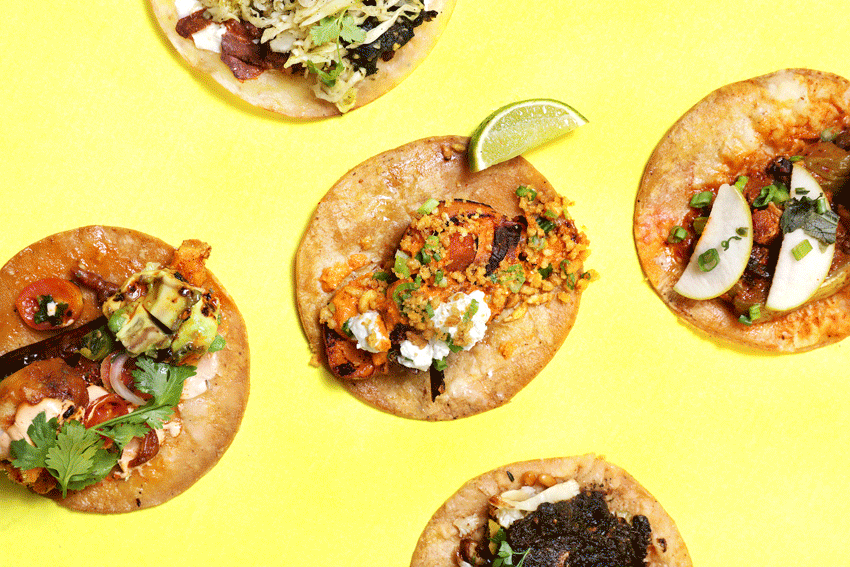Caring for the Wood Block Table
- Share via
Question: Having just purchased a butcher-block work table for my kitchen, I would like to know if there is something I should do to treat the wood before using the table. Someone said I should oil the top. Please advise.
Answer: To preserve the product and keep it functioning and looking good for years, any woodenware should be seasoned at the start and properly cleaned after each use. Most suppliers advocate the use of mineral oil to season wood, which preserves and prevents staining. Apply the oil liberally, allow it to soak, then wipe dry. Mineral oil is preferred over linseed and regular vegetable oil. Oil may be reapplied from time to time if the wood seems dry.
After using the block, wipe off with a clean, damp sponge. If there are some stains, use a little lemon juice to remove them. Extreme hot and cold temperatures may cause the wood to crack. With wooden utensils and bowls, never soak in water or put in the dishwasher.
Q: This question sounds so basic and simple, but can you please tell me how to crack a walnut into perfect halves. I would like to have nice walnuts to decorate my quick breads.
A: According to the Walnut Marketing Board in San Francisco, one of the best ways to obtain “picture perfect” walnut halves is to crack your own, using a simple but effective nutcracker: the household hammer. To crack, hold the walnut so that either the tip or flat base is in line with the hammer. Tap firmly, but gently. Pry away shell carefully. To ensure perfect halves, avoid breaking the nut open at the seam.
Q: I realize that MSG has been a controversial ingredient, and some of my friends have stopped using it altogether. However, I do like the way it improves the flavor of my dishes and I would like to continue using it since my family has not had any adverse or allergic reactions to it. What I would like to know is if there’s any limit or guideline as to the quantity of MSG to use. Also, can you please tell me more about the composition of MSG; how does it compare with salt in sodium level?
A: MSG, or monosodium glutamate, is the sodium salt of glutamic acid, an amino acid present in virtually all proteins. Glutamate is naturally present in vegetables (it is high in tomatoes, mushrooms and spinach), meats, fish, poultry, cheeses and milk. When fresh foods such as vegetables are harvested, much of their natural free glutamate content may be lost and continue to decrease during refrigeration and cooking of food. The addition of MSG is said to restore some of the original flavors.
MSG may be added before or at the beginning of cooking, but for vegetables (except for dry beans and peas), add during cooking. The recommended amount to effectively enhance food flavor, according to the Glutamate Assn. is about 1/2 teaspoon per pound of food or four to six servings. Once the proper amount is used, additional use contributes little, if anything, at all. MSG contains 12.3% sodium. In comparison, common table salt contains 40% sodium.
Q: I would like to know if pasta can be frozen successfully. When I tried freezing leftover spaghetti once, it became sticky and gummy after thawing and boiling it. I wrapped the spaghetti in foil and stored it in the freezer for about a month. After thawing it at room temperature for about 6 hours, I dropped the spaghetti in boiling water and cooked just until the strands were hot. Many of the pieces got stuck together. What did I do wrong?
A: Almost all types of pasta may be frozen but will suffer slight loss of texture. If they’re not leftovers, pasta should be kept slightly undercooked when preparing in advance. Drain and cool in running water. Shake dry and pack in serving portions in polyethylene bags and freeze for up to one month.
Pasta becomes gummy and sticky after freezing when it is thawed before cooking. To avoid this, simply drop the pasta straight from the freezer into boiling water. When frozen as a composite dish, such as lasagna, spaghetti casserole or stuffed cannelloni, the pasta can be taken straight from the freezer to the oven.
Address questions on food preparation to You Asked About, Food Section, The Times, Times Mirror Square, Los Angeles 90053. Personal replies cannot be given.
More to Read
Eat your way across L.A.
Get our weekly Tasting Notes newsletter for reviews, news and more.
You may occasionally receive promotional content from the Los Angeles Times.










